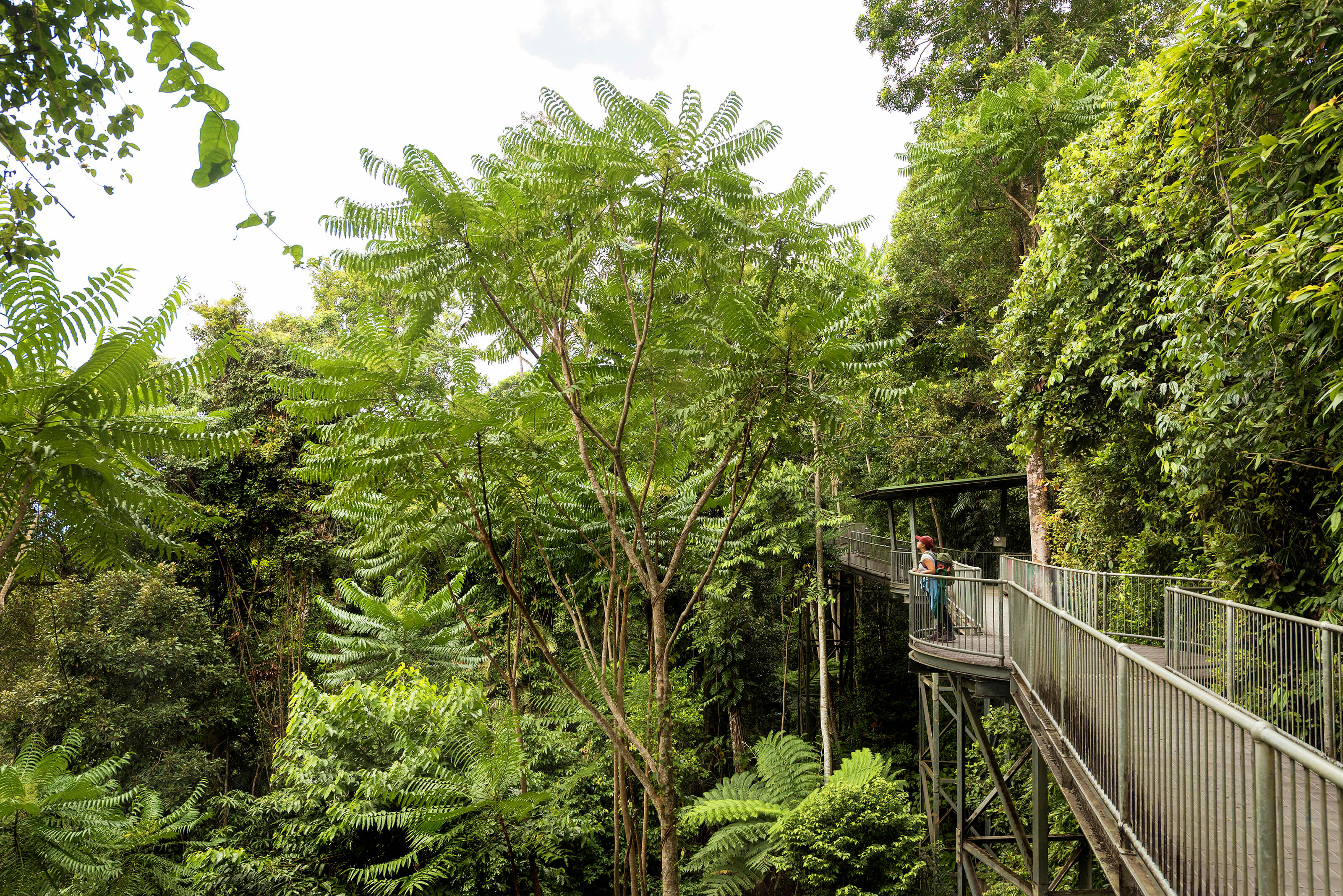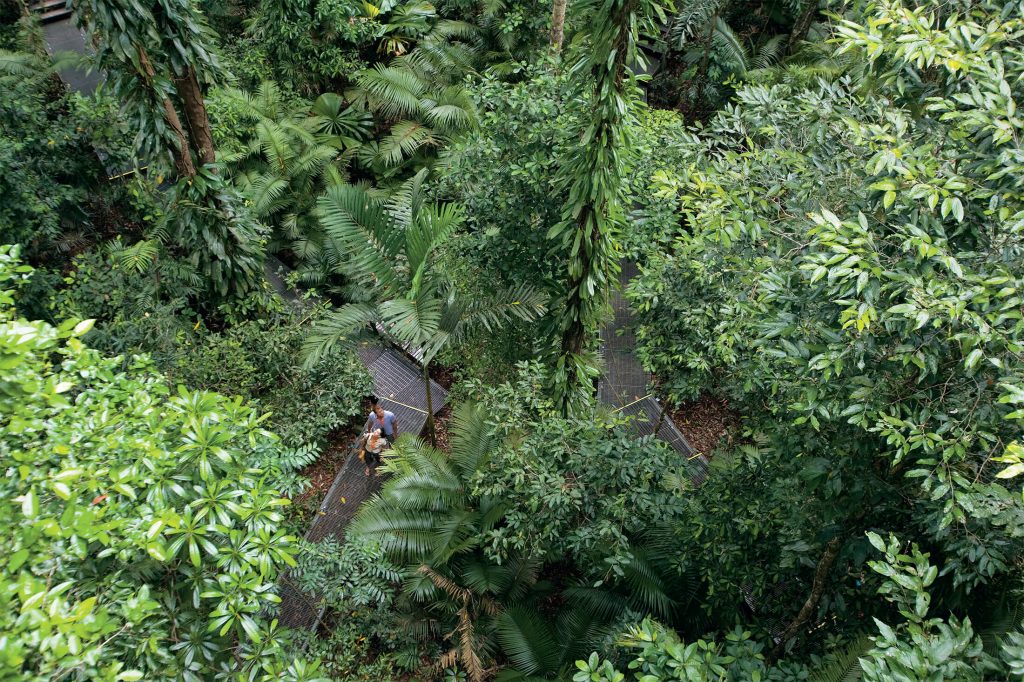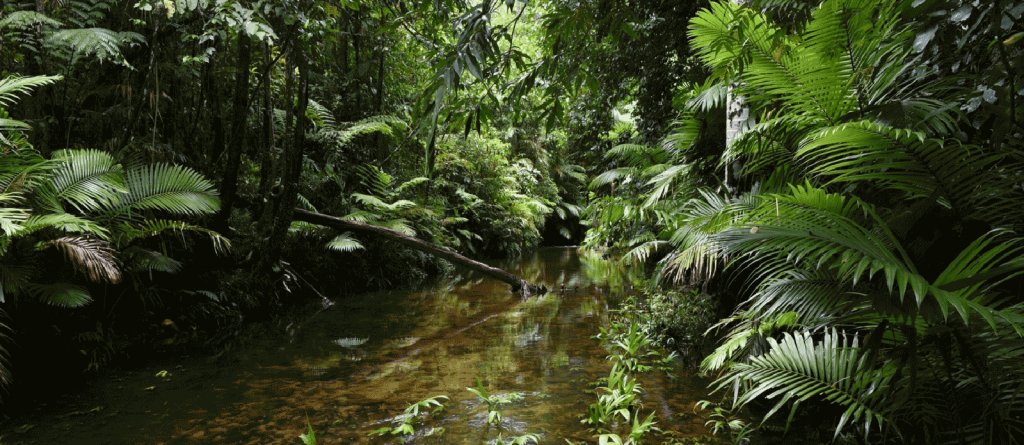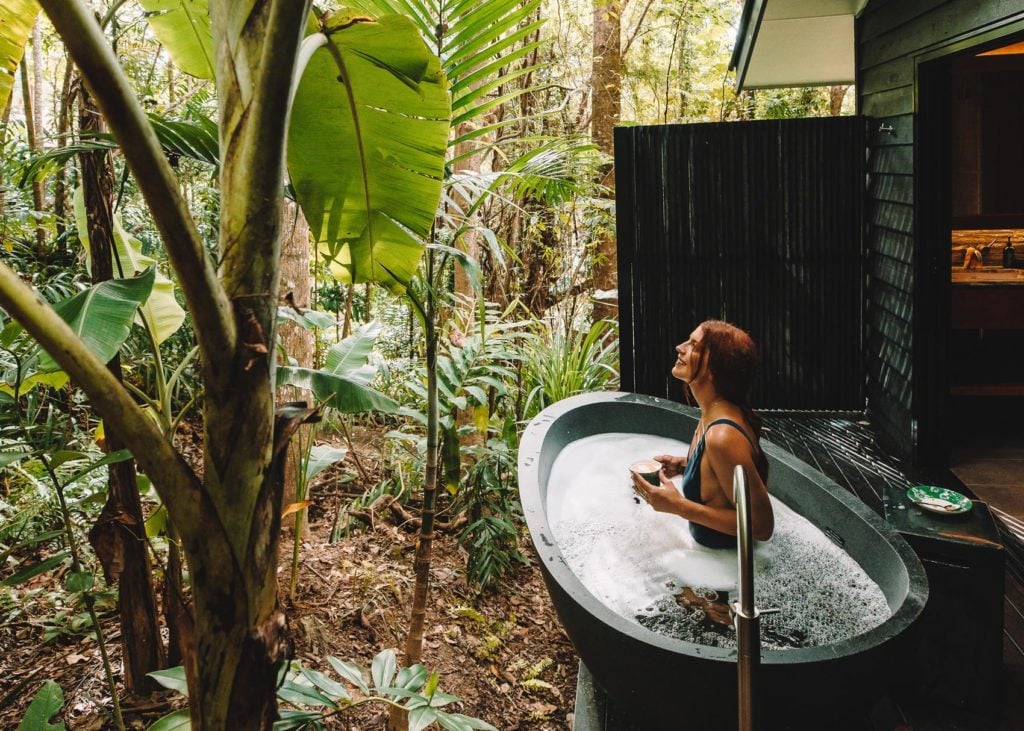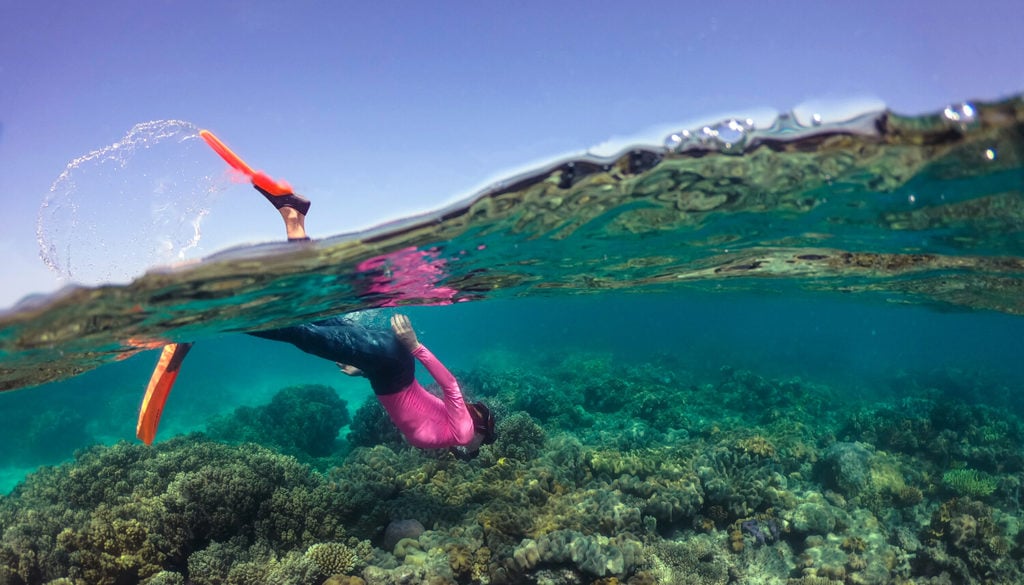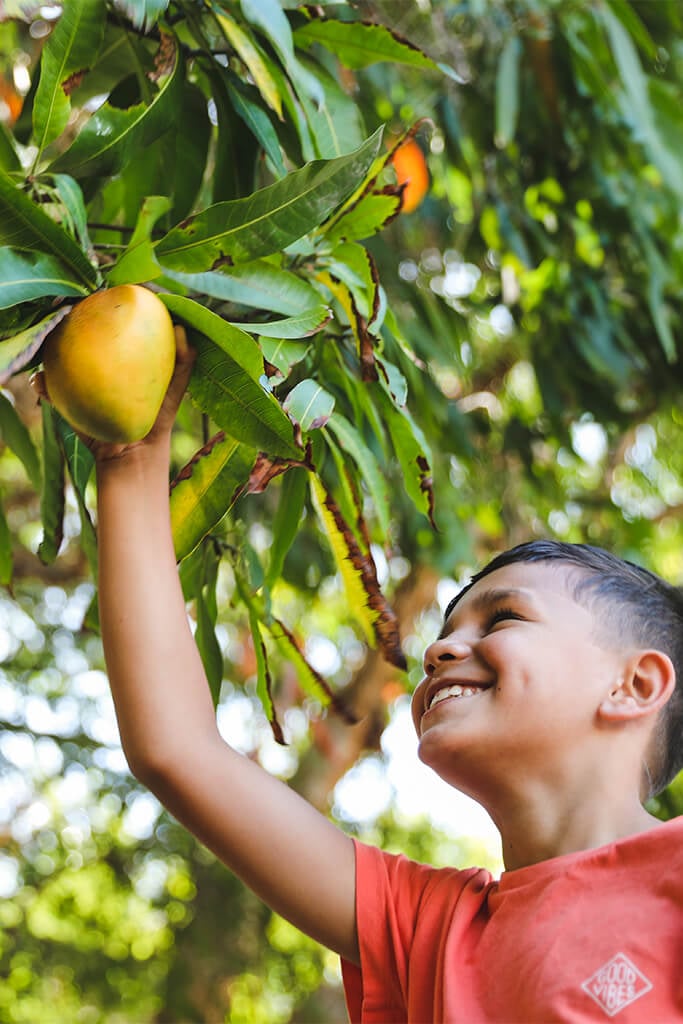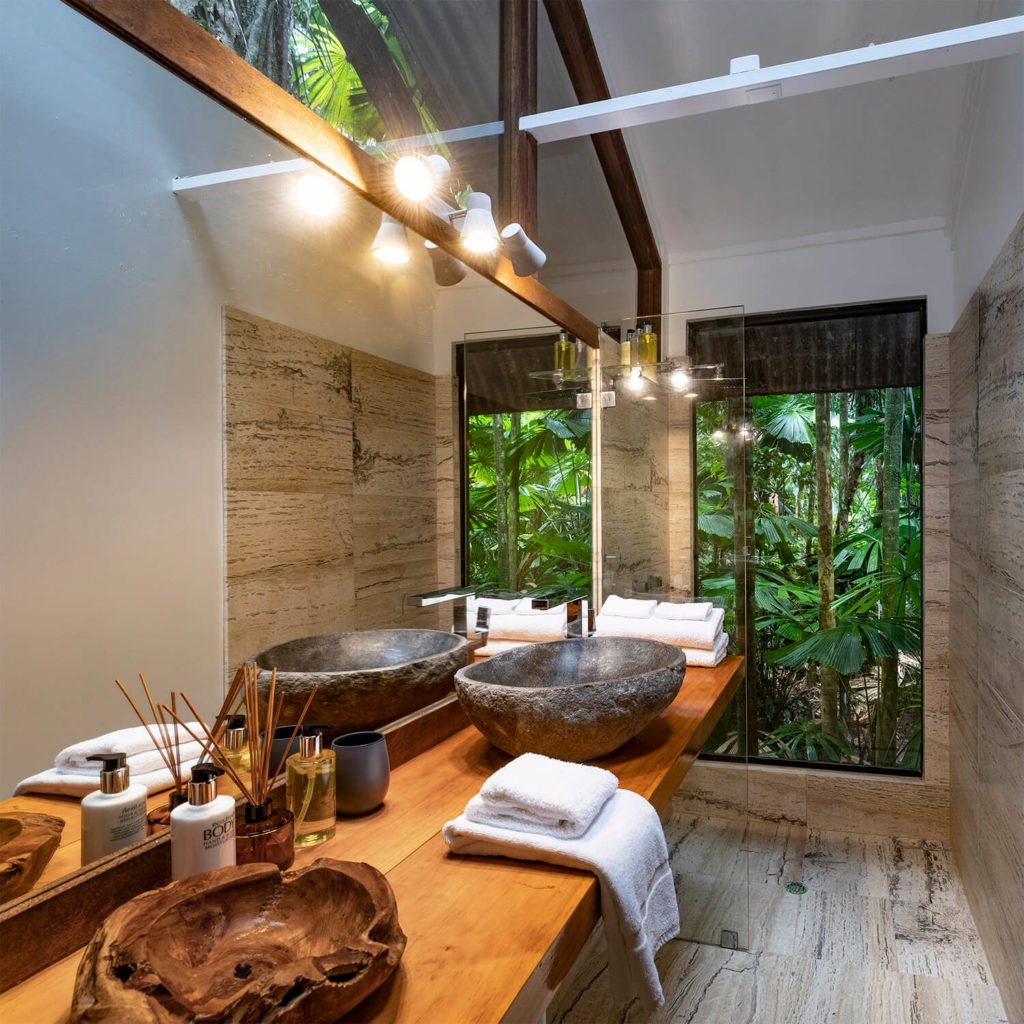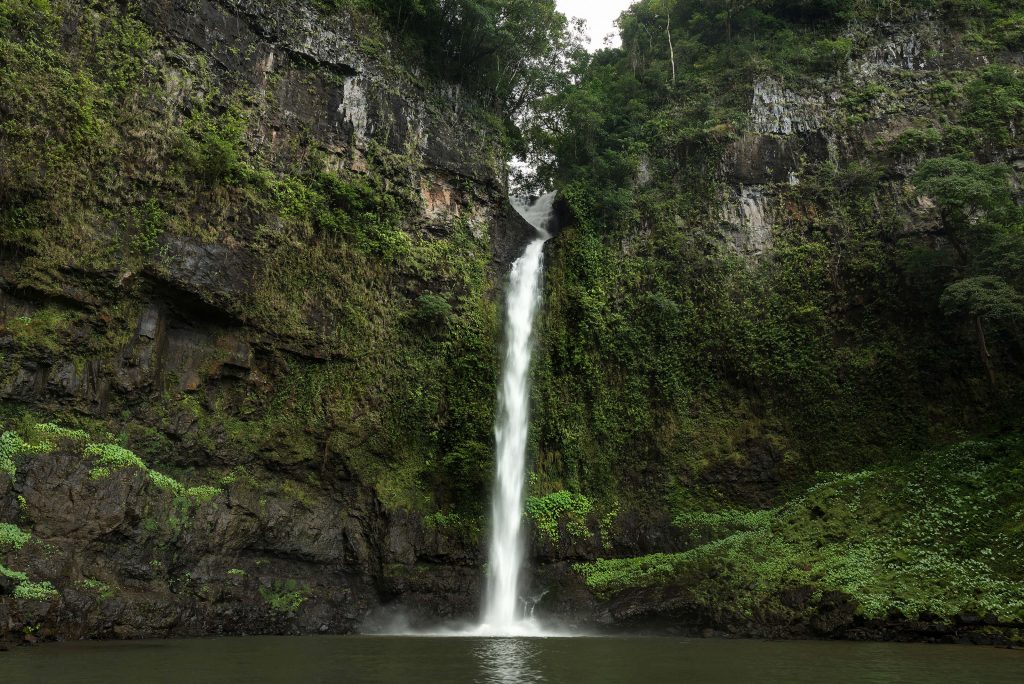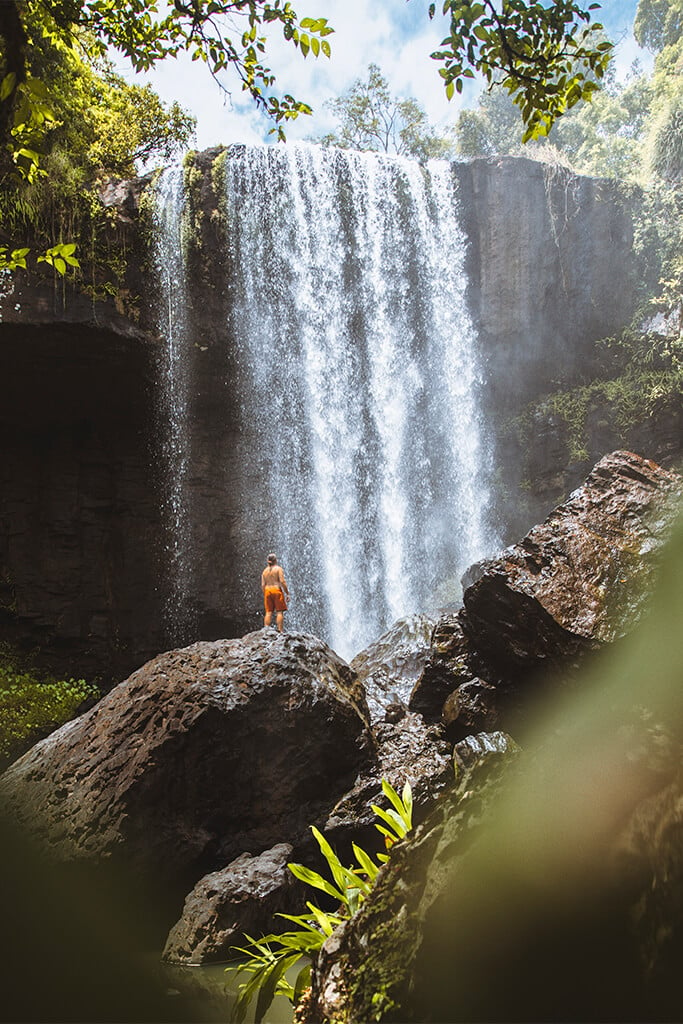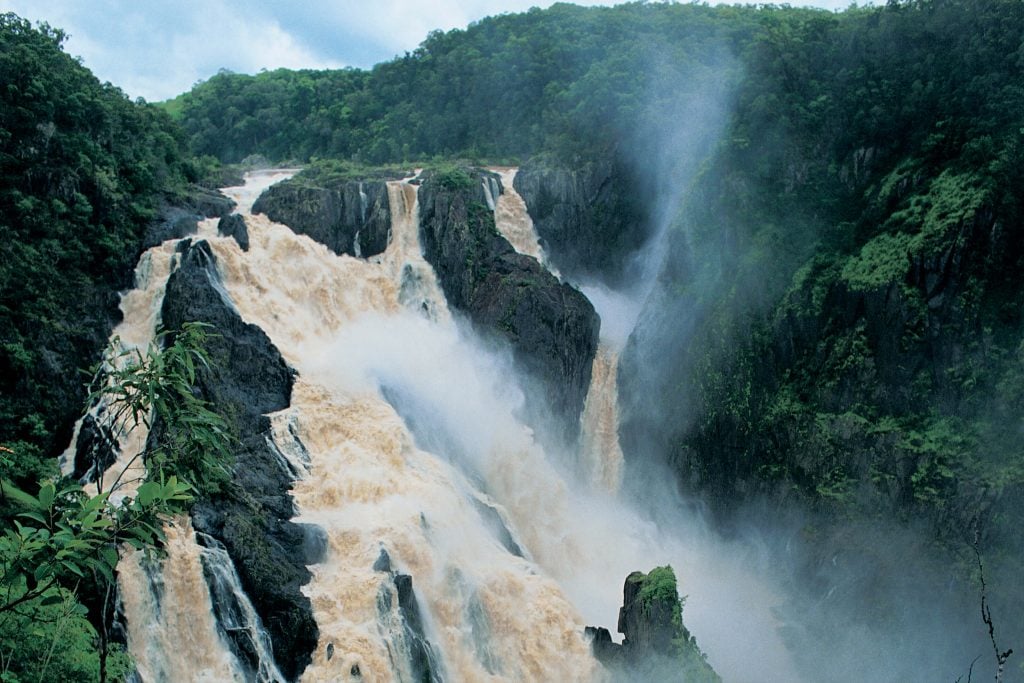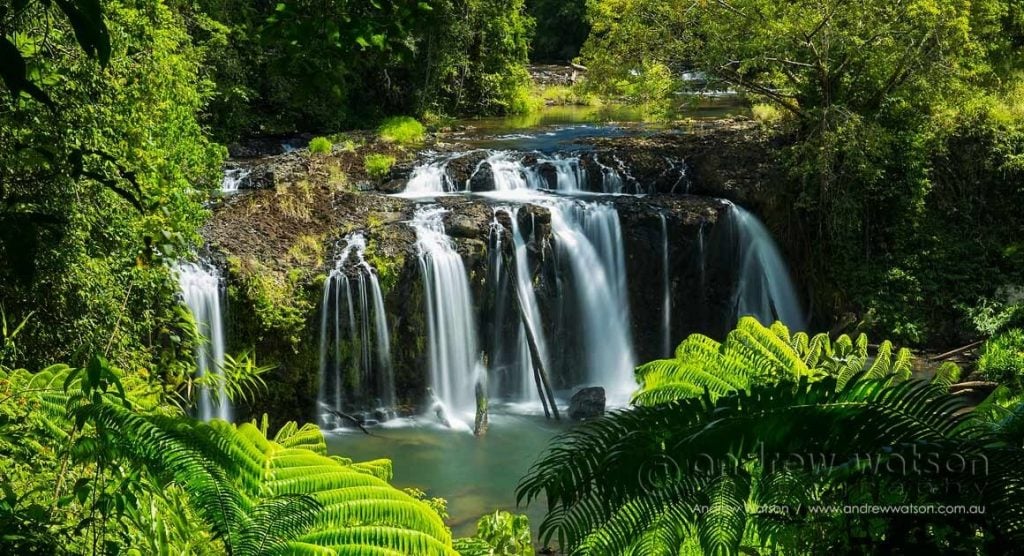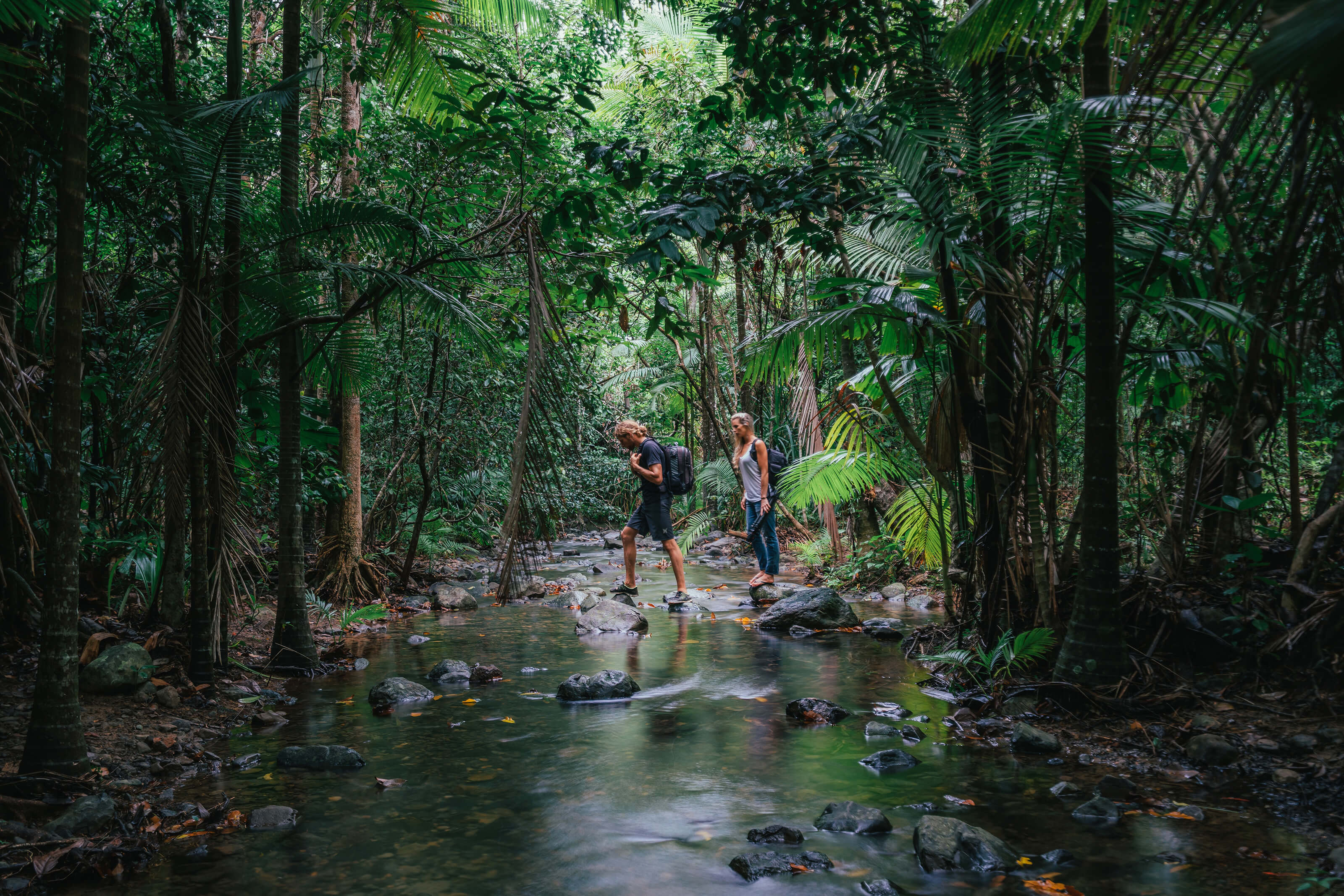TNQ Writer
Get to know our famous forest, which spans 8940 square-kilometers and covers more ground than Samoa, Luxemburg and Puerto Rico, with this list of 10 things you didn’t know about the Wet Tropics.
Riddle me this? What do Kylie Minogue, Nicole Kidman and the Wet Tropics Rainforest all have in common?
They’re all Australian, the oldest in their family and more famous than the rest of their bloodline. Yep, serious overachievers. However, for all the trivia facts you might know about our Kylie and Nic, when it comes to the Wet Tropics, we reckon you might draw a blank if asked a question about Australia’s A-list rainforest, which grows from Townsville to Cooktown.
The Wet Tropics is crawling with animals
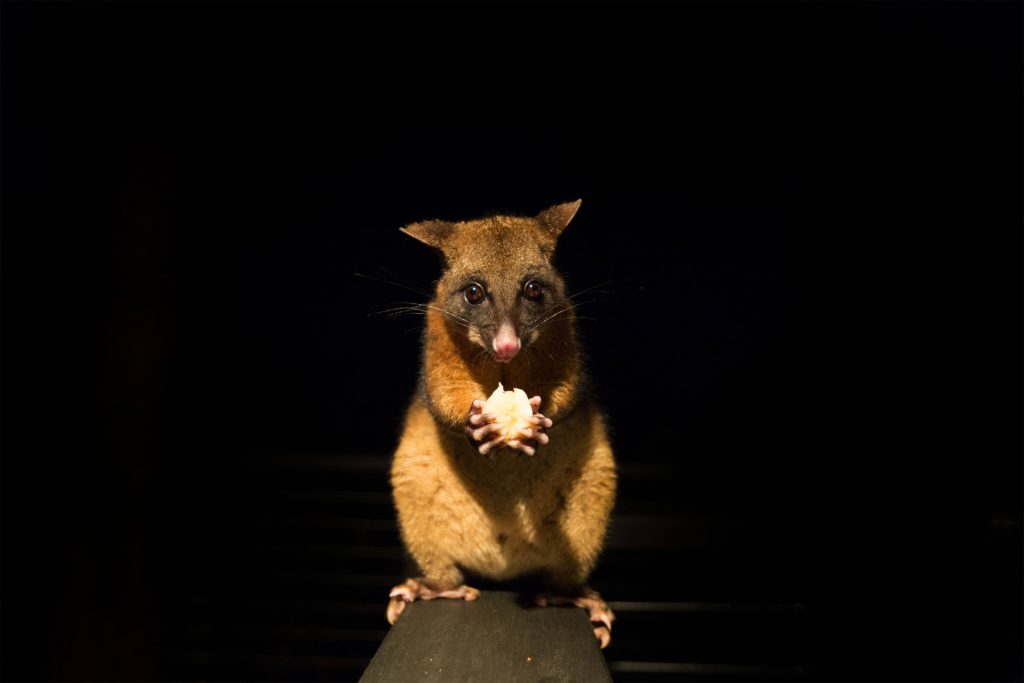
A possum in the Wet Tropics Rainforest
Despite the Wet Tropics only taking up 0.2 per cent of Australia’s land mass, it’s habitat to more than a quarter of the marsupial species in the country – a factoid worthy of professor Stephen Williams labelling the Southern Atherton area “the most biodiverse location in Australia”. More than just marsupials, The Wet Tropics has plenty of winged creatures in its habitat – in particular, 58 per cent of all Australian bat species, 58 per cent of the butterfly species and 40 per cent of bird species. The best way to spot the lot is to join a nature tour, like FNQ Nature Tours.
The Wet Tropics has distinct precincts
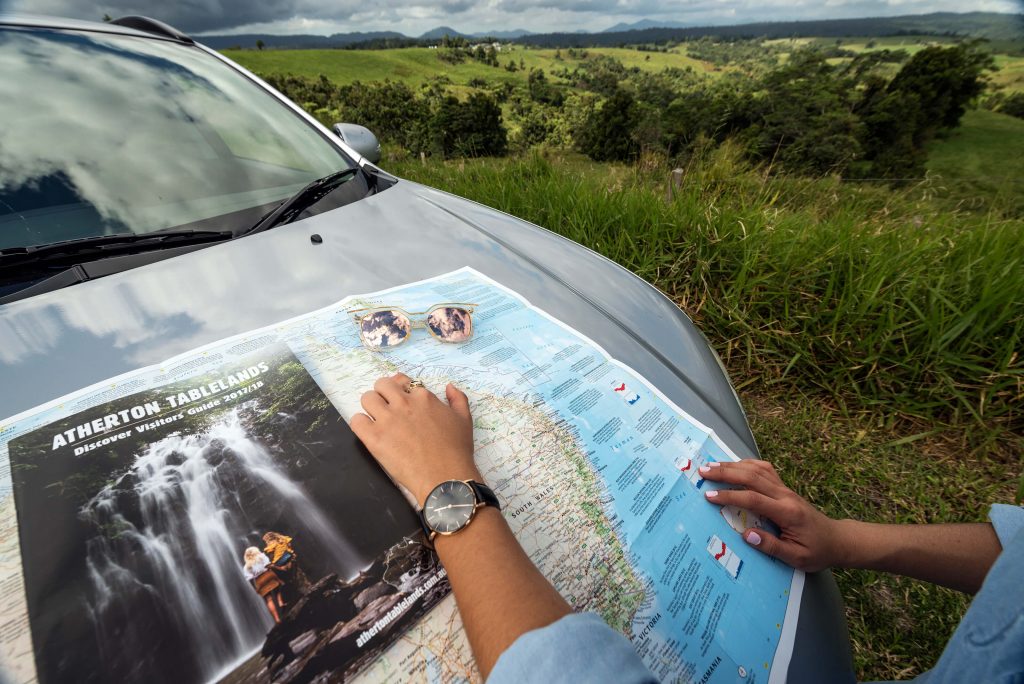
The Wet Tropics Rainforest runs from Cooktown to Townsville
Considering the Wet Tropics runs for 450km, it’s no surprise to find that this mega forest is actually made up of 29 different national parks. In fact, this rainforest stops and starts along the coastline and has six different precincts, each with its own identity and microhabitat. From the Daintree in the north to Paluma Range in the south, of the entire Wet Tropics landmass, 79% is national park, making this World Heritage-listed area accessible and affordable, since all national parks are completely free to visit. All you need is a pair of boots to discover this rainforest, with roots so deep that it predates the Amazon. Choose your adventure with this guide from national parks.
The oldest creature you'll find here isn't the Cassowary
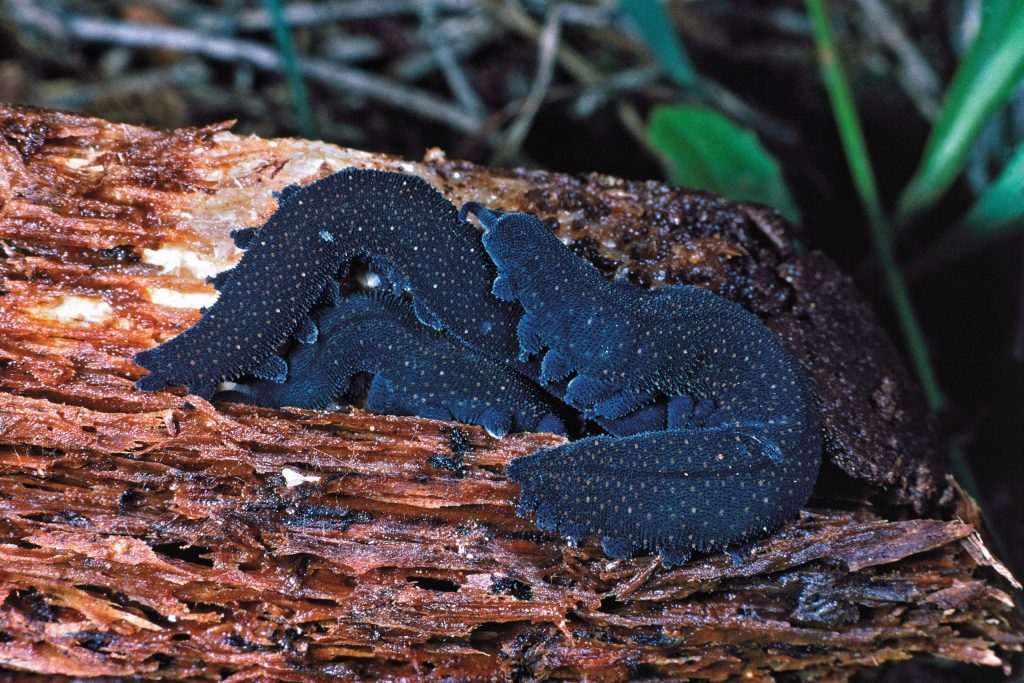
The Velvet Worm has 500 million years to its species name
Contrary to what your pub trivia team might have you believe, the oldest animal up here is not the Cassowary or the Crocodile … it’s about 400-million years more senior and looks like a cross between a worm and a crab. Introducing… the velvet worm, which measures 10cm (at best) and has more than 500 million years to its species’ name. Despite their soft and cuddly moniker- velvet worms are far from it – they’re carnivorous critters, which probably explains why they’ve done so well for themselves throughout the ages. Keep your eyes peeled on the forest floor for the chance to spot them. You’ll be looking for a small worm, not unlike a caterpillar, save for its clawed legs, an adaptation worthy of a Frankenstein movie.
Civilisation dates back more than 5000 years
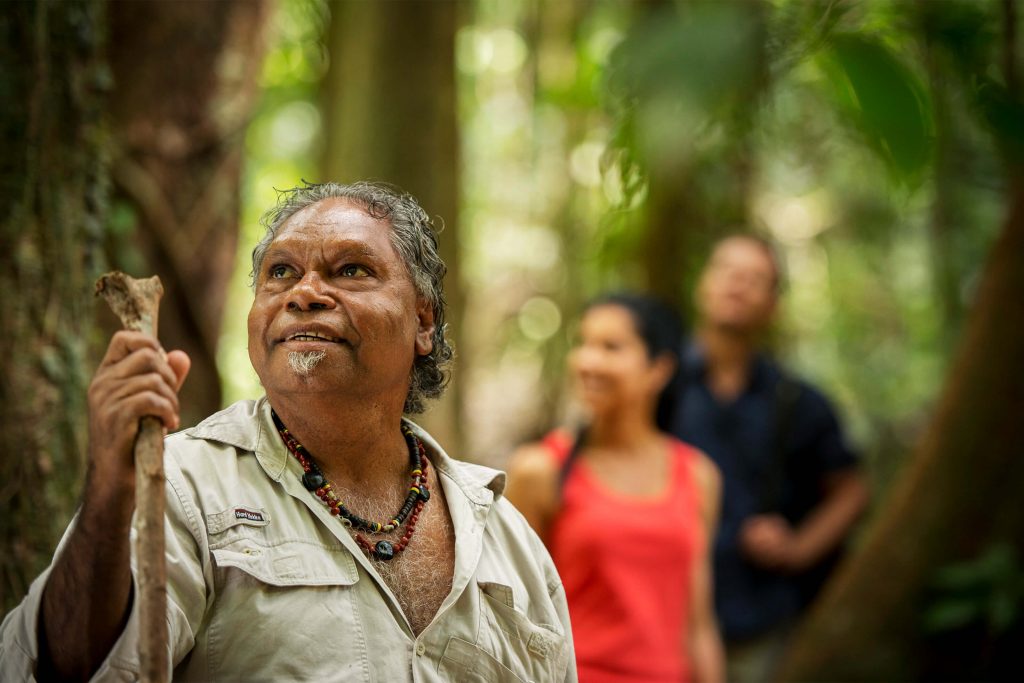
Be guided through the rainforest on a Ngadiku Dreamtime Walk at Mossman Gorge
If ever you thought cooking practices have never been so refined, we take your molecular gastronomy and raise it an overnight stay in the Wet Tropics. Before European settlement, there were 18 different Aboriginal groups living in the Wet Tropics World Heritage Area, with over 20,000 nomadic people, speaking six languages and living in its various precincts. Even more mind blowing than the number of communities, is the fact they were living among 14 different toxic plants, which they were able to eat, thanks to highly advanced cooking techniques – the kind that took western civilizations years to perfect. Evidence of leaching, fermenting, and sun drying are well documented among Aboriginal people who lived sustainably among the forest, until the early explorers disrupted their 5000 years of existence. A Dreamtime Walk at the Mossman Gorge Cultural Centre is one of the best ways to hear these ancient rainforest tales.
You'll need an Encyclopaedia to spot all the plants
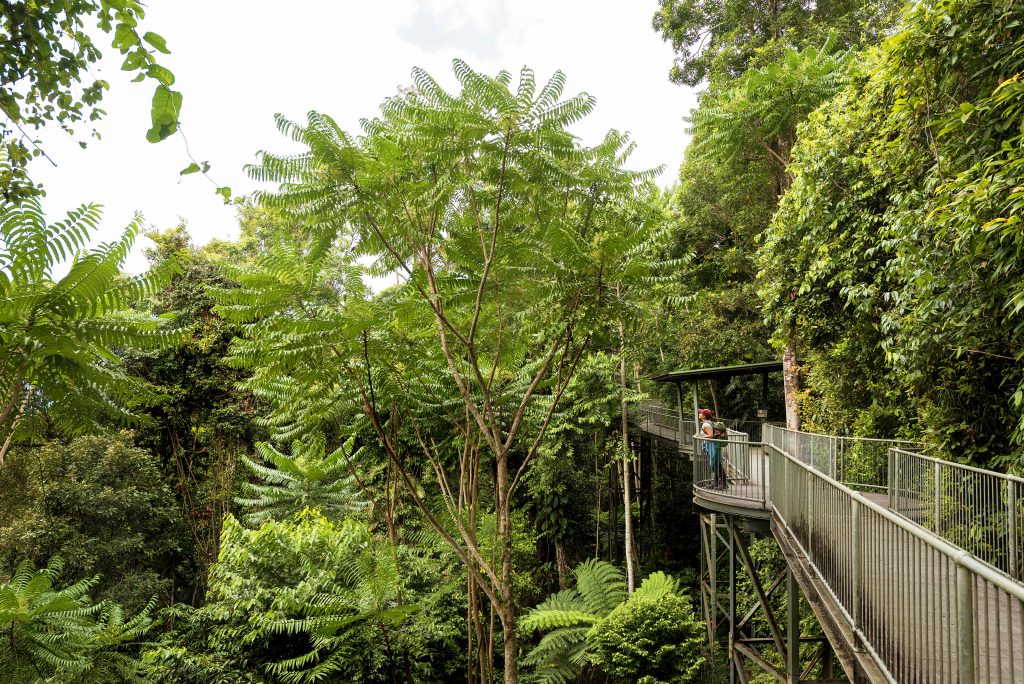
There are 3000 vascular plant species in the Wet Tropics & you'll see many of those at Mamu Tropical Skywalk
It’ll come as no surprise that the rainforests of the Wet Tropics are the most diverse in Australia if judged by plant species type and structure. As if this isn’t credential enough, it’s also home to some of the world’s most primitive flowering plants. If thinking about visiting, buy a plant book, because you’ll run out of fingers to count the 3000 vascular plant species in this forest, which is just one of the ways this rainforest contributes to the “outstanding universal value” criteria for UNESCO.
Some of the animals are rarer than a Panda Bear
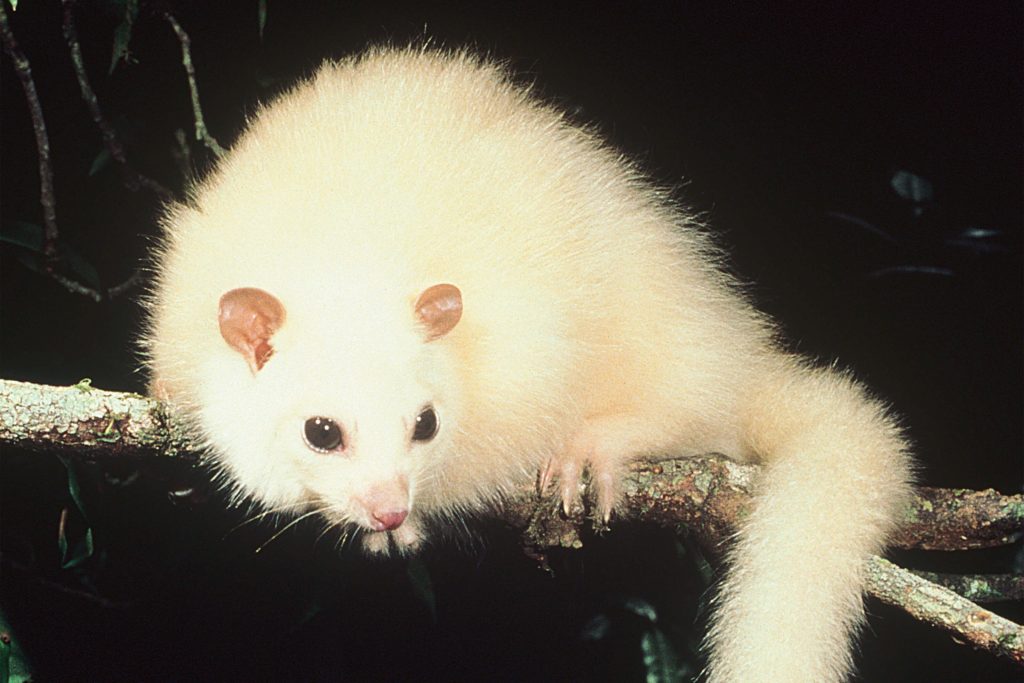
White Lemuroid Ringtail Possum can’t survive for more than five hours at temperatures above 30 degrees
Don’t be alarmed if you haven’t heard about this very rare, white variety of the lemuroid ringtail possum – it’s so rare, that its plight for survival is more damned than the panda bear. So endangered is this white and fluffy emblem of the forest, that it’s thought that there’re just four of them alive today. This endangered species is only found 1000m above sea level in the Carbine Tablelands and parts of the Atherton Tableland. It’s main threat to survival is global warming, as these white puffs of fluff can’t survive for more than five hours at temperatures above 30 degrees. With evolution, they’ve been climbing higher and higher to escape the heat, but once they reach the tallest branches of the forest, there will be nowhere else for them to go. While your chance of seeing them would be like spotting a needle in a haystack, you can read about them at the Malanda Visitor Information Centre.
Not everyone wanted it to become World Heritage listed
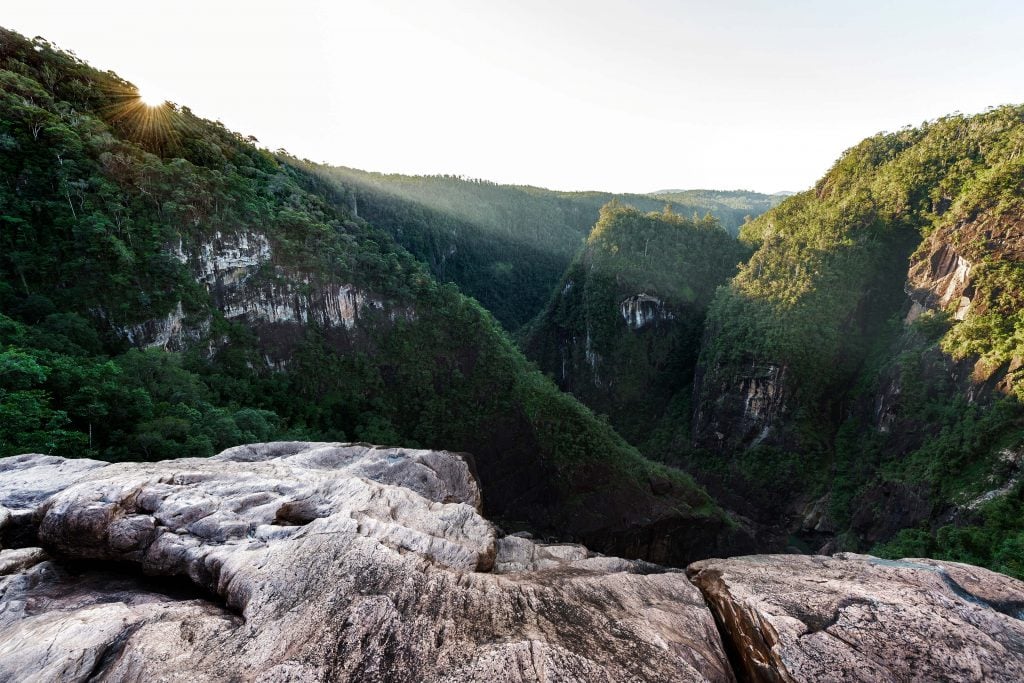
Sunset atop the Tully Gorge near Ravenshoe
The phrase ‘there are two sides to every story’ couldn’t ring more true of the Wet Tropics heritage listing in 1988. In fact, it divided the community of Ravenshoe, who built their livelihoods on logging this ancient timber. The Ravenshoe Visitor Information Centre, shares clippings from newspapers detailing the outrage, as the town’s logging history was chopped down. While the town of Ravenshoe, incidentally, Queensland’s highest town, might be a shadow of its former population because the workers had to move to greener pastures (pun intended), there’s no doubt the Wet Tropics meets the UNESCO criteria, and its listing has done great things to protect it. Trailheads to the Misty Mountains wilderness tracks are found in the dense rainforest just outside of Ravenshoe and flow through the Wet Tropics to Tully, Innisfail, Mena Creek, Millaa Millaa, traversing Tully Falls, Tully Gorge, and Wooroonooran National Park.
Kangaroos actually climb trees here

Lumholtz’s and Bennett’s Tree Kangaroo, are a species that’s only found in the Wet Tropics
Not just any kangaroo, the Lumholtz’s and Bennett’s Tree Kangaroo, are a species that’s only found in the Wet Tropics. One of our favourite quotes about these mysterious ‘roos comes from William Hann in 1872, who said, “to entertain the idea that any kangaroo could climb a tree would be ridiculous.” Despite his certainty, Hann can be proven wrong quite easily with a trip to their habitat. Mupee’s as they’re known in the local indigenous dialect, live high in the rainforest canopy and are best described as a blend between the possum and the kangaroo, which evolved over 50 million years ago. Fun fact – its forearms, feet, claws and tail have evolved in response to the canopy – and this is the only ‘roo that can move backwards. While there are no guarantees for places to spot these wild creatures- we recommend a visit to the Nerada Tree Plantation for a possible encounter with a Lumholtz’s and the Jindalba Boardwalk in the Daintree Rainforest to spy on a Bennett’s.
You can spot (and climb) Queensland's highest peaks & swim in waterfall afterwards
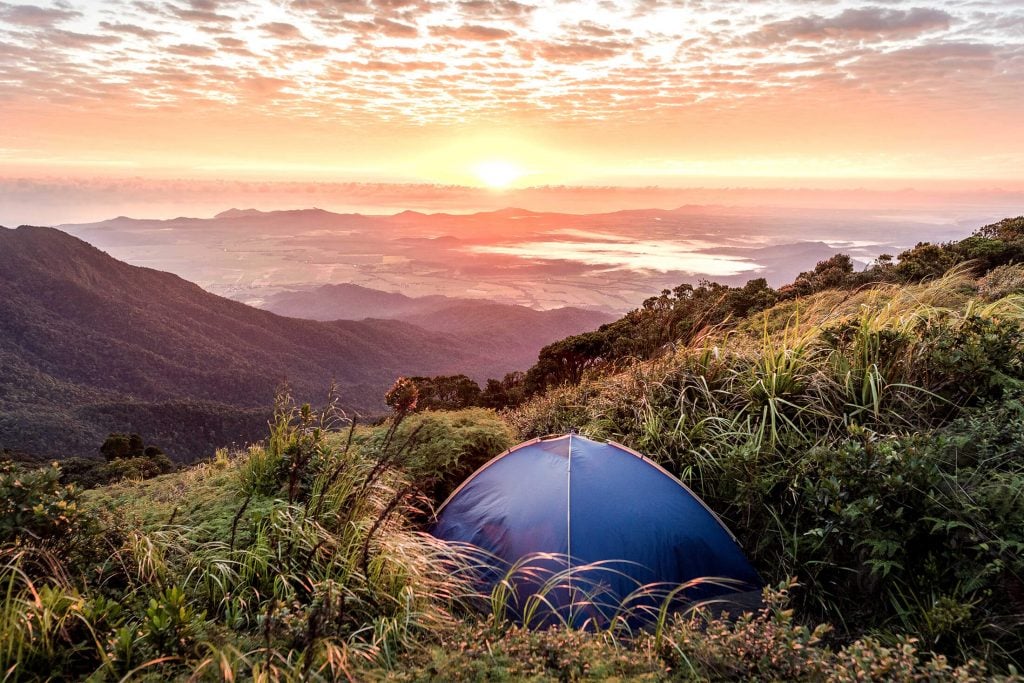
Tackle Mt Bartle Frere – Queensland's highest mountain
Tackle Mt Bartle Frere – Queensland's highest mountain
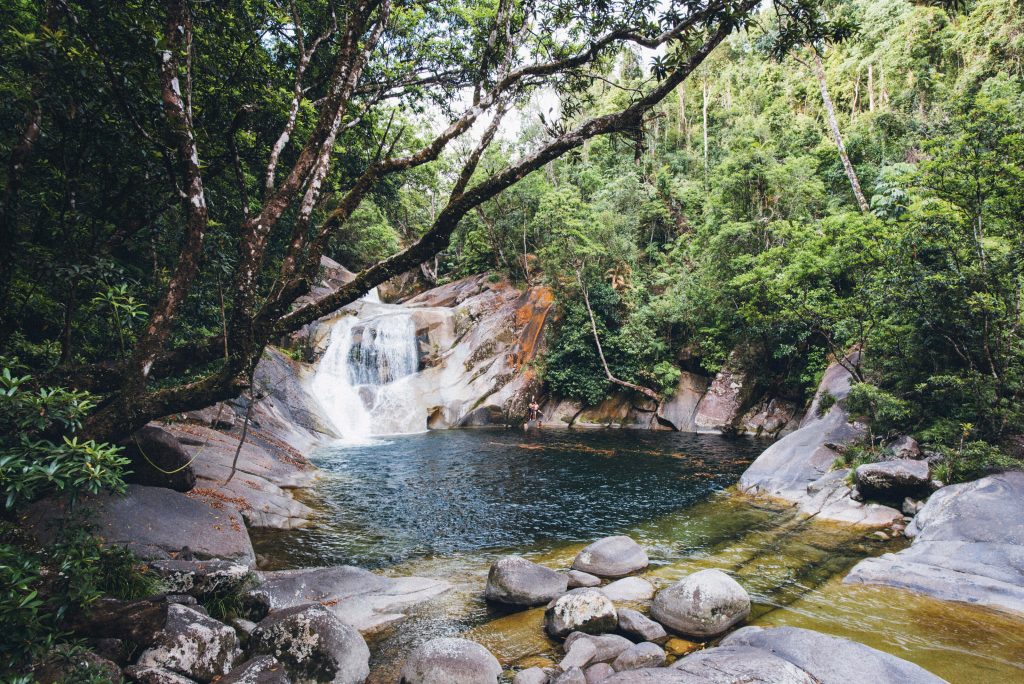
Josephine Falls sits at the base of Mt Bartle Frere
Josephine Falls sits at the base of Mt Bartle Frere
You’ll often find Queensland’s tallest mountain crop up as a pub trivia question – and while you might have known its Mt Bartle Frere (1622m), did you know it’s found here in Tropical North Queensland? You’ll find it south of Cairns on the Cassowary Coast, next to its tall cousin, Bellenden Kerr (1592m), sitting like two camel humps in the landscape. Their lofty heights bring tropical monsoon conditions to the surrounding areas and plenty of waterfalls that go with it. Experience the full force of Bartle Frere with a dip in the granite playground of Josephine Falls – or if you’re feeling full of beans, why not climb the mountain yourself? The walk can be started from Josephine Falls, near the small town of Innisfail, or from the Atherton Tablelands – both options can be reviewed and prepared for here.
It's full of volcanic lakes and craters
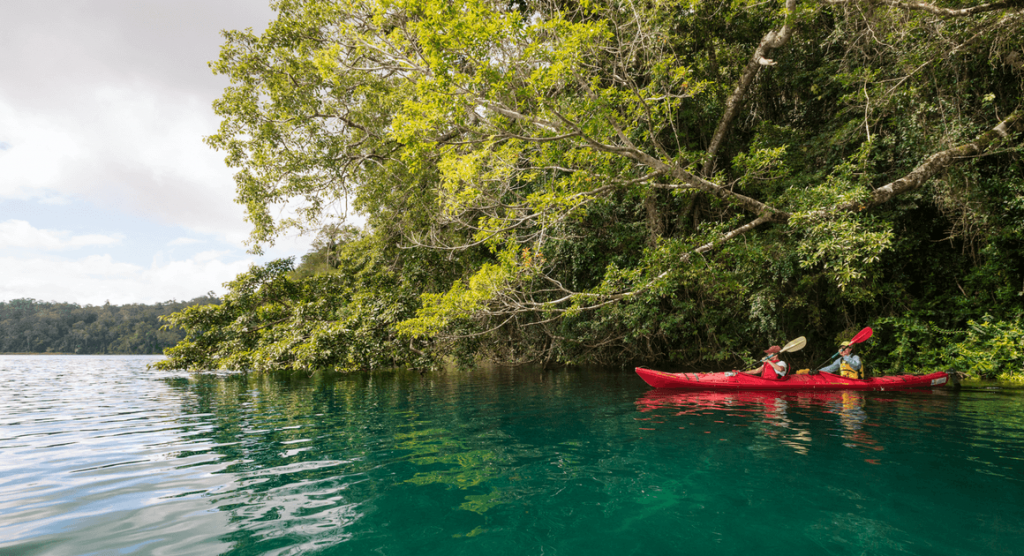
Kayak your way to sunken fig trees at Lake Barrine on the Atherton Tablelands
10,000 – 20,000 years ago when Australia was a volcanic mass, Atherton Tablelands would have been a place to avoid – spewing molten lava from its highly active volcanic core. Although it’s long been dormant, you don’t need to wear your history goggles to get a real sense of what the area would have looked like. Instead, you’ll find a real life geology lesson with a visit to the Tablelands’ many craters. Make a stop at the twin volcanic crater lakes, Lake Barrine and Lake Eacham, to see examples of maars, formed by the superheating of groundwater. In each you’ll find tranquil pools of inky blue water that are fringed entirely by rainforest. Both lakes are noticeably deep (65m) to be precise, and come with their own myths and legends.

